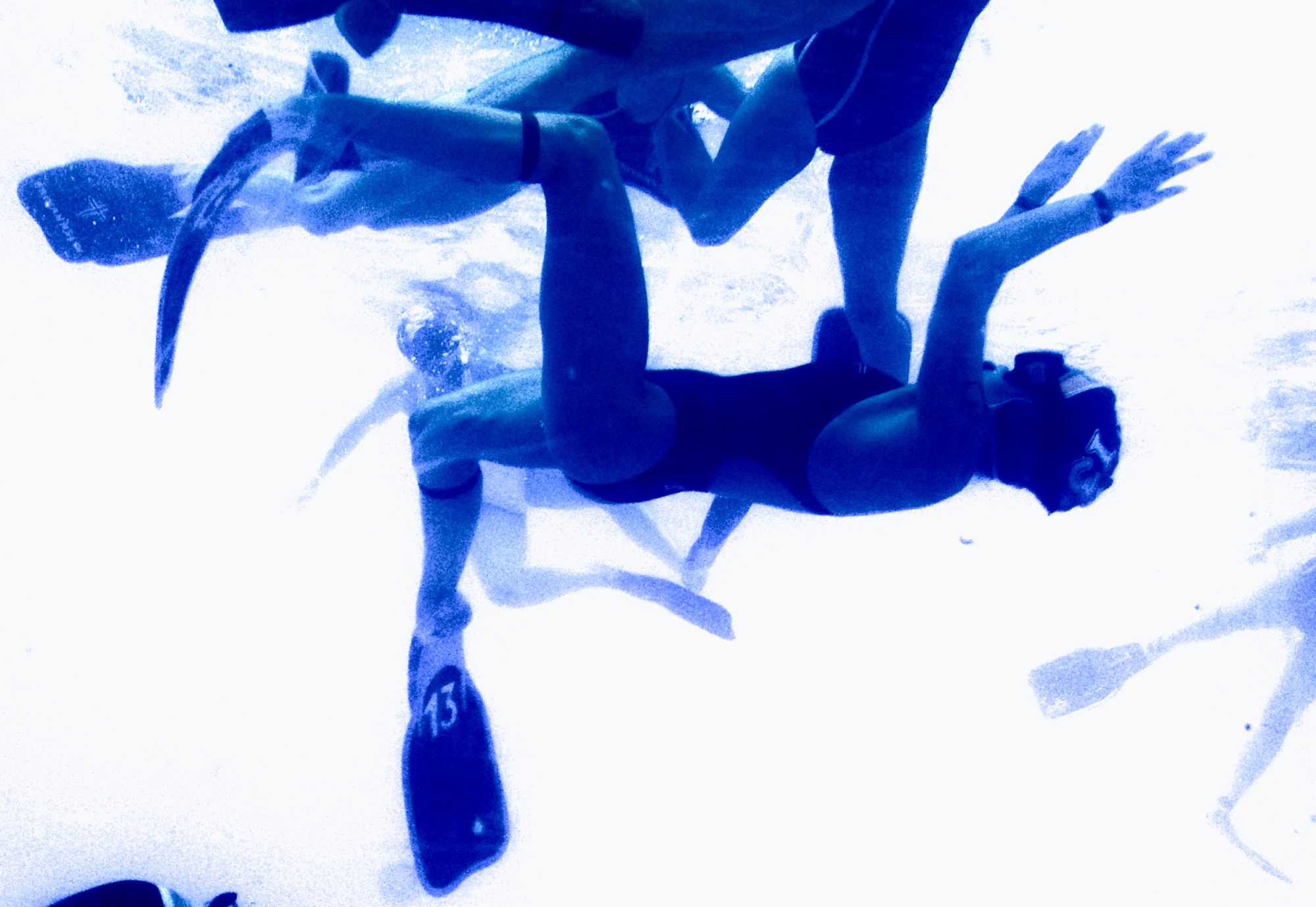by Bobby Chen (AKA Simonsson)
Bobby Simonsson
The first UWR tournament in Australia just took place this weekend. Teams from Brisbane, Sydney, Canberra, Hobart and a combined New Zealand contingent (Auckland and Wellington) played an intense round robin (5 matches each) on Saturday. Sydney won 4 of its matches and settled for a tie against Brisbane, followed closely behind by New Zealand with 4 wins and one loss.
The semi-finals and finals were held on Sunday. Tasmania produced a surprise upset, defeating the Sydney team to enter into the finals against New Zealand, which defeated Brisbane in a very close and tightly fought match. In the Bronze medal game, Brisbane and Sydney were tied at 3-3 during the second half. Just as a sudden death round was looking increasingly likely, Brisbane broke the deadlock producing 2 goals in quick succession. Sydney, who were undefeated out of five games just the day before, were noticeably devastated to come in at 4th place.
The grand final between New Zealand and Tasmania was hard fought and physical. New Zealand’s defences in the end proved too tough to overcome, they dominated possession and the scoreboard with formidable, well-executed counter attacks. However, opportunity came knocking twice on Tasmania’s door. Two penalty throws were awarded to the Tassie team within 5 minutes of each other, giving them the opportunity to equalize. Both throws were contested tooth and nail but ultimately saved by the Kiwi captain. New Zealand went on to take out the tournament, leaving Tasmania to be content with the title of National Australian Champions.
However, the biggest event of the weekend was still yet to come. During a lunch break, selectors from each of the Australian teams gathered together to select the best 15 Australian players of the tournament to form a National Team. Selected players were picked quite evenly from across all the different Australian teams, even though no formal quota system was in place.
National anthems were played. Group photos were taken. Then at 2:47pm, amidst tense nerves from both players and their supporters (watching the big screen from the side of the pool) the whistle blew. Over the next 15 minutes, both sides stubbornly matched each other in attack and counter-attack. Worryingly though, for the Australians, the Kiwis were dominating possession. However, the Australian defences never let up, despite a few close calls and brilliant saves by goalies on both sides. At half time the score still sat at 0-0.
The mood around the pool was pure finger-biting, edge-of-seat nervousness. After quick match analyses and prep talks on both sides, the game resumed with an even higher level of intensity. The Kiwis were still dominating possession with their superior bottom times and precise ball handling, but Australia remained firm in defence and relentless in counter-attacks. More than halfway into the second half, the scoreboard remained dry. Players were diving in and out of the pool at increasing regularity. A few more narrow opportunities on both sides came and went. Then it happened.
The Australian goalie is outnumbered. But she narrowly staves off the attack on goal long enough for support to arrive. Number 7 from Tasmania snatches the ball and goes straight for the counter. Executing a one-two with another supporting player gets them through the Kiwi’s now scrambling midfield. A forceful drive at the New Zealand defences gets brings the ball towards the surface. The ensuing wrestle for possession takes place in the water column directly above the goal. The Kiwi goalies misjudge their exchange just as an Australian player gets a pass away. Her pass is good. It goes to number 11, nose-diving straight down from the water above. Arms fully extended, the player brings the ball home into an open goal. 1-0 with 3 minutes remaining. The elated roar of celebration from the audience was a tremendous release. The nervous tension that had been pooling over the last thirty minutes was suddenly given an outlet.
But the Australian players in the water are slow back to their side of the pool. The whistle to start play blows while half the team has yet to touch the wall. The Kiwis make a final committed attack against a frantic Australian defence. But the defence holds yet again, followed by an Australian counter-attack, then Kiwi possession, then a referee’s ball with 1 minute on the clock remaining. The ball drops, the Kiwis take possession but become entangled by Australian players in the midfield. The referee clangs the metal pipes together. Players are rising to the surface. After 30 minutes of a thrilling, suspenseful game – the highest level of underwater rugby that has ever been played on this vast continent… it was all over.
(This was the third time that Australia and New Zealand have met in the water to fight over a trophy named the Ocean Hunter Cup, with Australia having been convincingly beaten both times before. Revenge is indeed a dish best served cold.)

